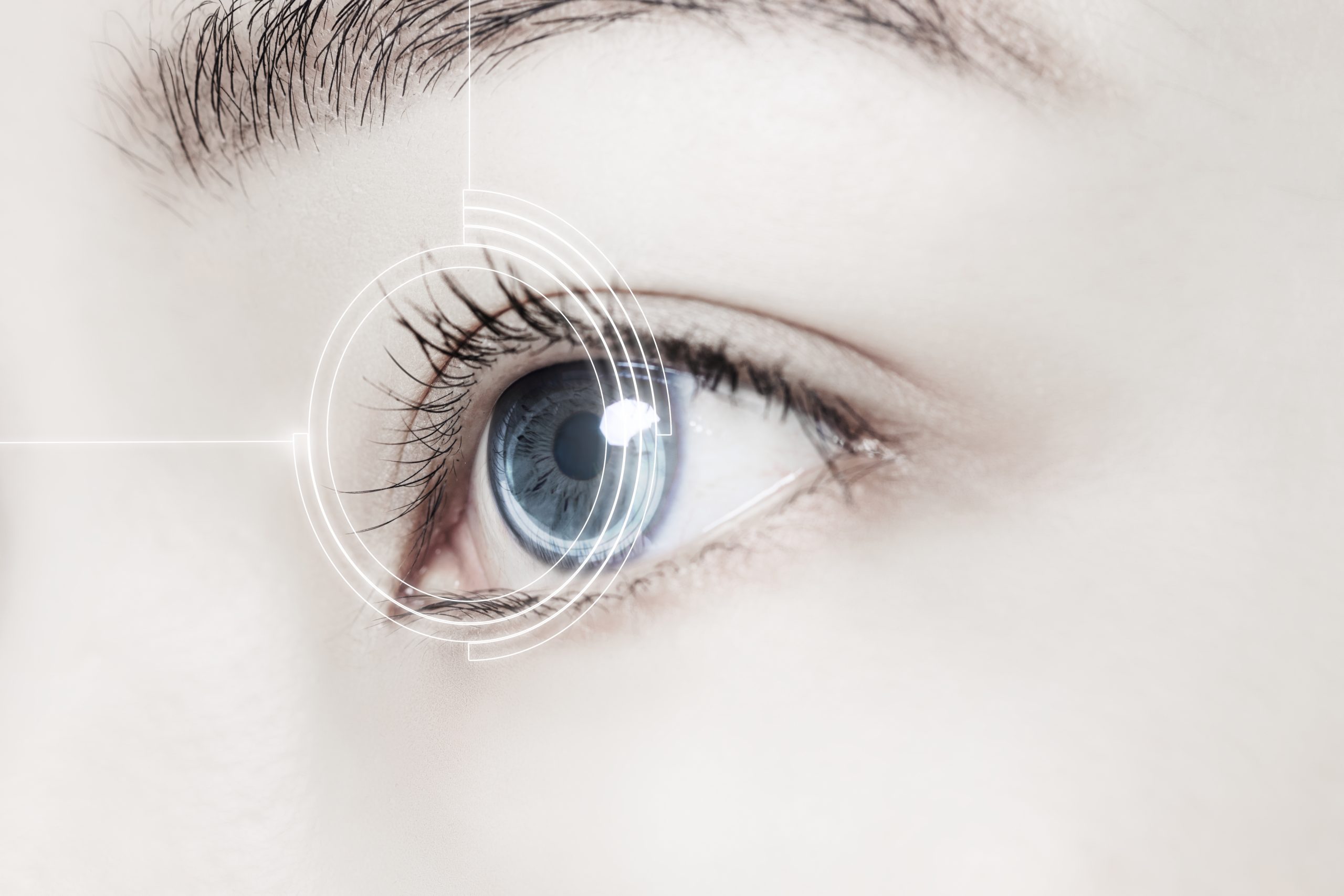Ultra-wide-field imaging is a technological innovation that has made it possible to obtain very high-resolution images of the retina, allowing approximately 82% of the total retinal area to be visualised, compared to only 30% using traditional imaging techniques.
The possibility of obtaining a larger visual field, which is useful in the diagnosis and follow-up of many retinal vascular diseases, is particularly important in diabetic retinopathy, where eyes with predominantly peripheral lesions have been shown to have significantly higher rates of progression.
Ultra-wide-field imaging has increased the identification rate of diabetic retinopathy, allowing for more timely therapeutic interventions. In addition, the use of ultrawide-field fluorangiography allows the visualisation of significantly more diabetic retinal lesions and more accurate quantification of total retinal non-perfusion, with potential implications in the management of diabetic retinopathy and diabetic macular oedema.

Applications of ultra-wide-field imaging in diabetic retinopathy
The importance of peripheral lesions in diabetic retinopathy has been a subject of clinical interest for many years. However, the technological limitations of the past did not allow sufficient assessment of the more peripheral portions of the retina, as it was very time-consuming and therefore also impractical for routine screening. With the improvement introduced by ultra wide-field imaging, however, it is now possible to better assess the details of the peripheral retina.
Ultra-wide-field imaging, among its many applications, allows precisely the screening of diabetic retinopathy. In fact, this technique has proved very useful in telophthalmology programmes, as it improves the detection rate of the disease and ensures greater efficiency.
In a recent study, ultra-wide-field imaging was shown to allow the identification of peripheral lesions - indicative of more severe diabetic retinopathy - in 7% eyes. This study, and others showing similar results, suggest that ultra-wide-field imaging may be a sustainable option for large-scale diabetic retinopathy screening programmes.
Ultra-wide-field imaging has also found an important application in fluorangiography. Recent studies have shown that this technique has made it possible to identify up to almost 4 times more areas of non-perfusion in the retina, twice as many areas of neoangiogenesis and 10% more lesions not evident with standard fluorangiography.
Future applications
With the rapidly increasing prevalence of Diabetes Mellitus worldwide, it is of paramount importance to have innovative techniques available for the assessment of diabetic retinopathy.
The use of theartificial intelligence (AI) enables the acquisition of useful and in-depth information from large volumes of data, with less human involvement. The application of AI and deep learning principles in diabetic retinopathy screening programmes is already a reality.
However, at present, most studies on deep learning did not include the use of ultra-wide-field images, which presumably contain more information than their traditional counterparts. The combination of this innovative imaging technique with AI represents a promising prospect, given the data obtained in the identification of peripheral lesions, peripheral non-perfusion and their effects on the severity and progression of diabetic retinopathy.
In conclusion, a growing body of evidence supports the usefulness and reliability of ultra-wide-field imaging in the screening and detection of diabetic retinopathy. This technique allows for a wider visualisation of the fundus of the eye and a more accurate representation of the overall severity of diabetic retinopathy. Its integration into broader screening programmes and telophthalmology, combined with artificial intelligence, represents an exciting opportunity for the prevention of ocular complications in the diabetic population.
Bibliography:
Dr. Carmelo Chines
Direttore responsabile
